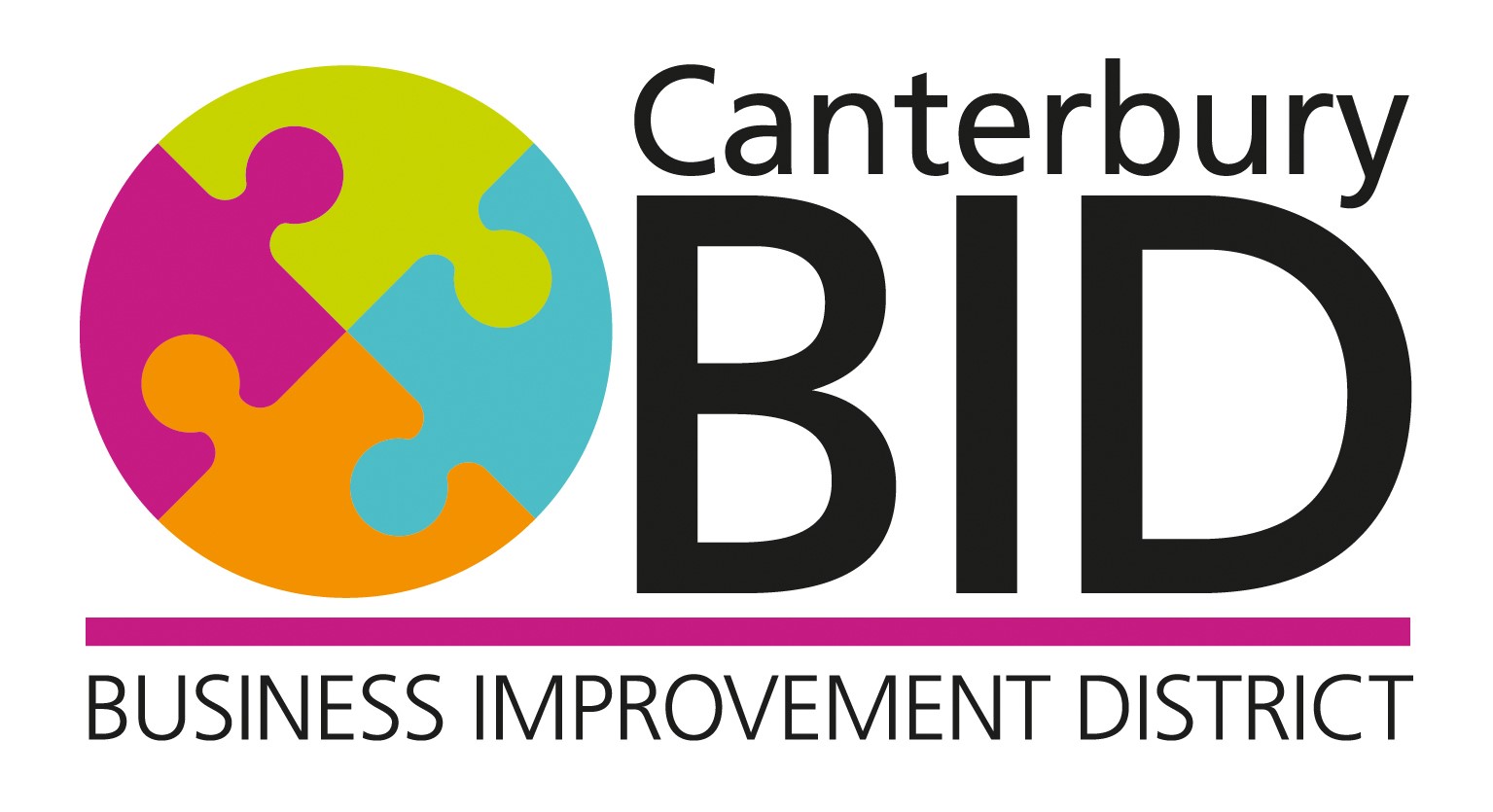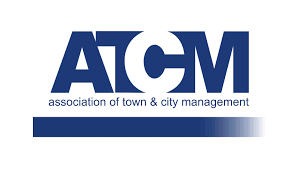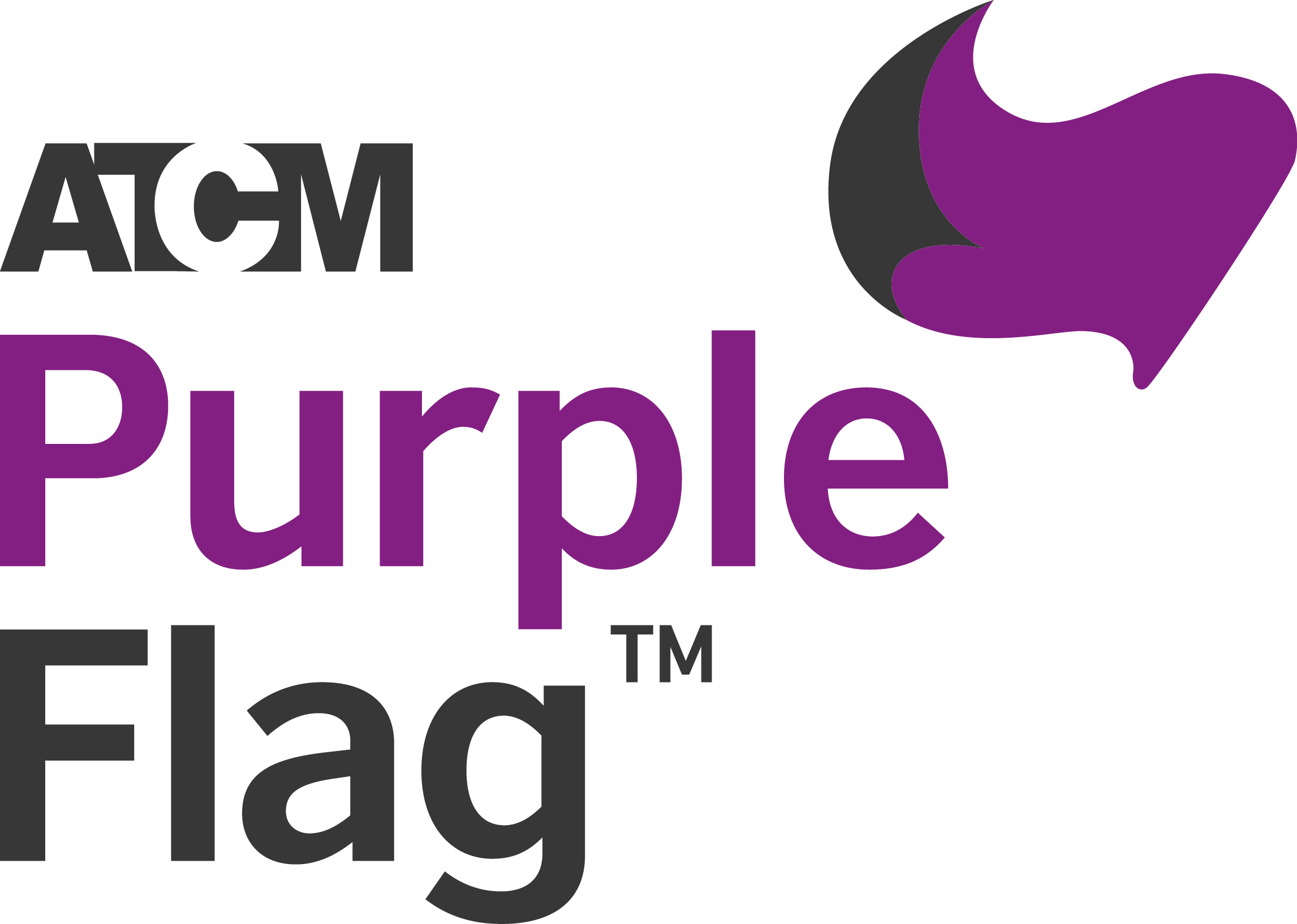A Business Improvement District (BID) is a business-led, business-funded partnership, which undertakes to make improvements to a clearly defined geographical area, like Canterbury city centre.
BIDs may carry out any projects or improvements that are additional to those already provided by the local authority which means that the funding cannot be pulled from services that are already provided in your business rates. BIDs establish baseline agreements with the local authorities and other statutory service providers on the current the level of service provision in the area. These ensure that any services the BID provides are truly additional.
BIDs are funded by the businesses that benefit from them, and the money is ring fenced so that it can only be spent within the BID area on initiatives that have been agreed to in a formal business plan. The levy charged can be between 1–3%. In Canterbury’s case the levy is 1.6%. BIDs run for between 3 – 5 years. Canterbury BID will run for 5 years (98%of BIDs have a 5 year term).
Businesses vote on the establishment of a BID and for a BID ballot to be successful it must be won on two counts:
1. A straight majority by the number of those voting
2. By a majority in the Rateable Value of those voting
Once a ballot is successful the BID levy is mandatory for all eligible businesses. The BID levy is collected by the local authority, put into a ring-fenced account, and passed to the BID Company for use on the projects and services set out in the BID Business Plan.
All BIDs are non-political and work only in the best interests of their levy payers.
The benefits of BIDs, cited by the businesses they represent, are wide-ranging and include:
- Businesses decide and direct what they want for the area
- Businesses are represented and have a voice in issues affecting the area
- BID levy money is ring-fenced for use only in the BID area
- Increased footfall
- Improved staff retention
- Reduced business costs
- Enhanced marketing and promotion
- Facilitated networking opportunities with neighbouring businesses
- Assistance in dealing with the Council, Police and other public bodies
Key BID Facts
- In the UK, the majority of BIDs exist in town centres, however they are also in industrial, commercial and mixed-use locations.
- The average size of a BID is 300-400 hereditaments, with some of the smallest having fewer than 50 hereditaments and the largest at over 1,000.
- Annual income is typically £200,000-£600,000 but can be as little as £50,000 per annum and as much as £2 million+.
- Legislation enabling the formation of BIDs was passed in 2003 in England and Wales (with subsequent regulations published in 2004 and 2005 respectively) and in 2006 in Scotland.
- The first BID in England commenced in January 2005 and the first Scottish and Welsh BIDs commenced in April 2008.
- BIDs were first established in Canada and the US in the 1960s and now exist across the globe, including in South Africa, Germany, Japan, New Zealand and Australia.







